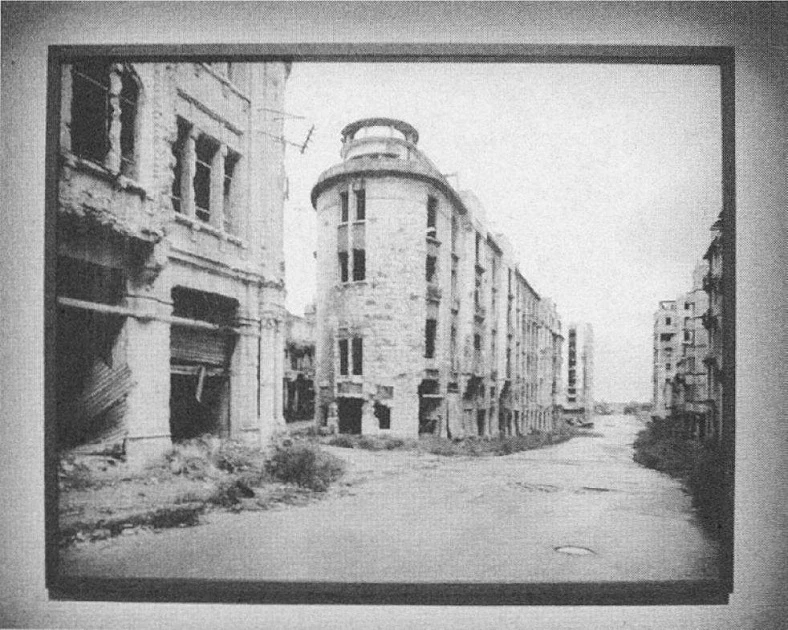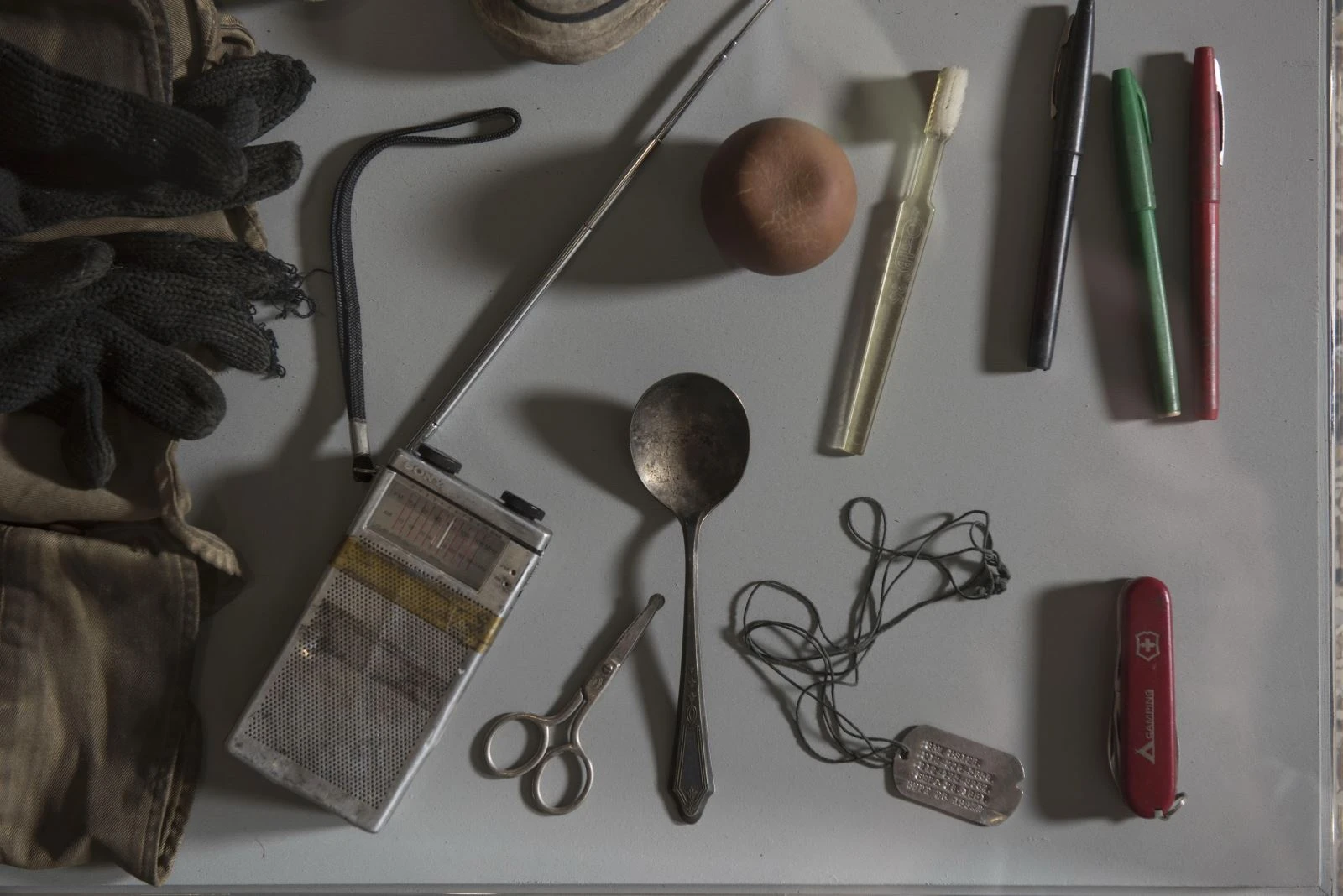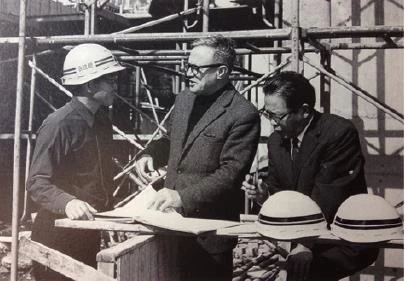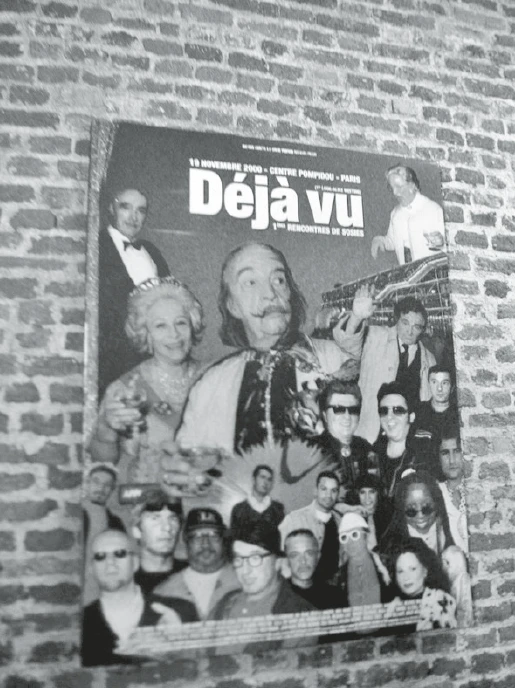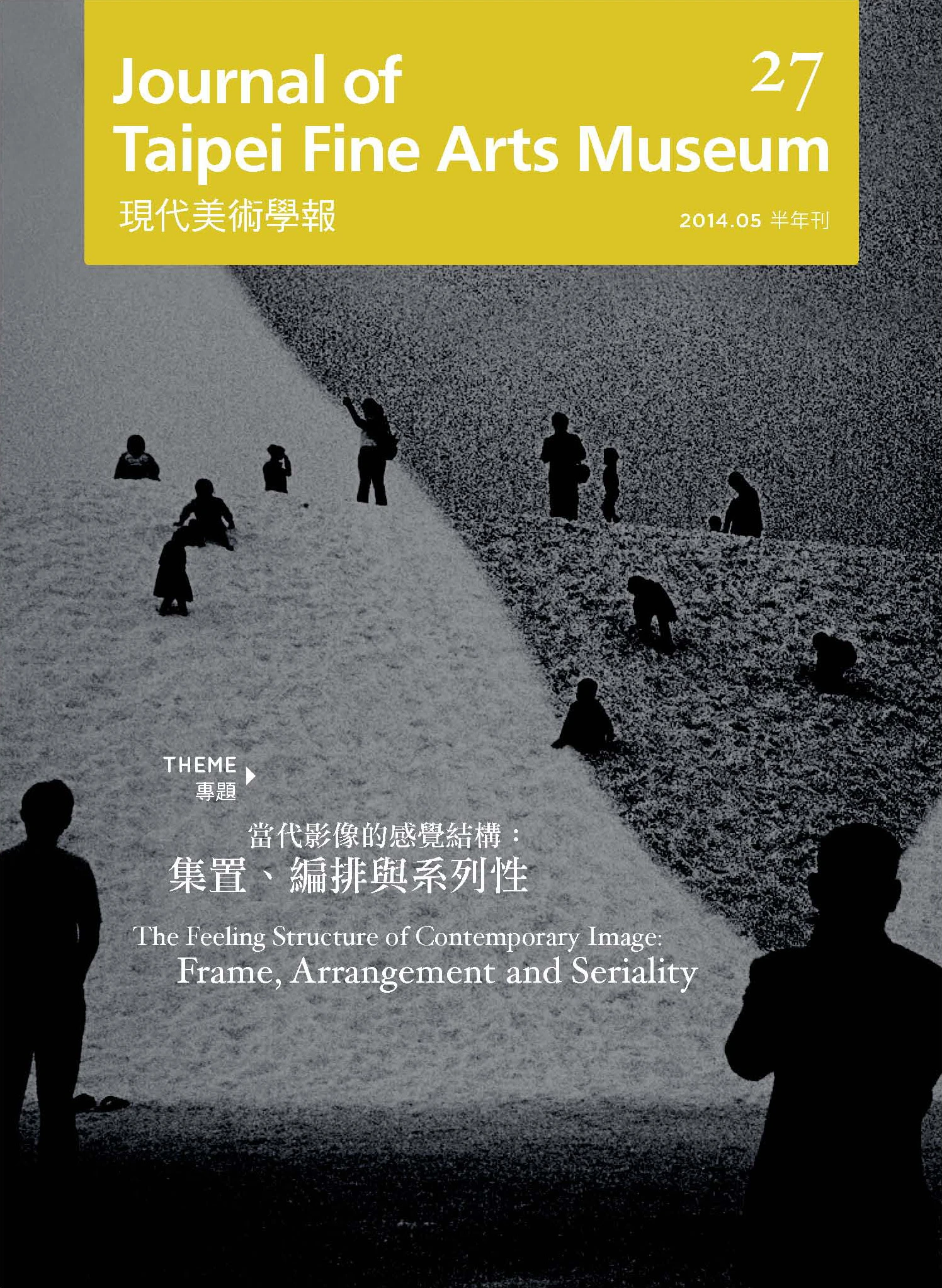摘要
在後90年代,台北市立美術館以較為積極的策略向將台灣的當代藝術推向國際,其中以威尼斯雙年展台灣館最具代表性。
本論文將以新博物館學中「展覽的詩學與政治學」方法,分析1995、1997、1999年的威尼斯雙年展台灣館,以了解展覽的建構、篩選、與詮釋。經分析探討後發現在這些國際展覽中國際政治延伸至文化範籌是明顯易見的。再者,整體的展覽運作是依賴西方結構與價值標準進行,並策略性的結合西方評審或策展人的「共犯結構」,其背後的理由在於台灣主體性的匱乏與信心的不足。我們與國際評審或策展人共同架構展覽,用一種文化想像去想像一個國際大展的需要,並依賴國際評審、策展人等來決定我們該提出什麼樣的菜色,才能在此一國際饗宴之中被關注。
Abstract
In Post-90s, Taipei Fine Arts Museum adopts some more active strategies in pushing Taiwanese contemporary art into the global world of Art. The Taiwanese Pavilion at the Venice Biennial is the most important sample.
In my thesis, I used the method of "poetic and politics of exhibition" in New Museology to understand the structure, the process, and the interpretation of exhibitions. The case studies include 1995, 1997, and 1999, The Taiwanese Pavilion at the Venice Biennial. The analysis clearly shows that the politics extends its power to the culture realm. Furthermore, the exhibition, as a whole, depends on the western structure and value while strategically combined with the “accomplice structure” of the western curators and judges. The reason lies in a void of identity and lack of confidence as the Taiwanese. Only when the western curators and our artists use their culture imagination to visualize the need of the international exhibition, then, depend on the western judges as well as curators to decide which styles should Taiwanese artists present, could we possibly receive attention in the global community.

